Few Hollywood stars have captivated audiences with the magnetic presence and raw talent of Elizabeth Taylor. Beyond her legendary beauty and headline-making personal life, Taylor built an impressive body of work spanning nearly six decades. Her violet eyes may have been her trademark, but it was her ability to bring emotional depth and complexity to her characters that cemented her legacy as one of cinema’s greatest actresses. From child star to two-time Academy Award winner, Taylor’s performances continue to mesmerize new generations of film lovers. Here’s a look at twelve of her most unforgettable roles that showcase her remarkable range and enduring appeal.
1. Martha in “Who’s Afraid of Virginia Woolf?” (1966)
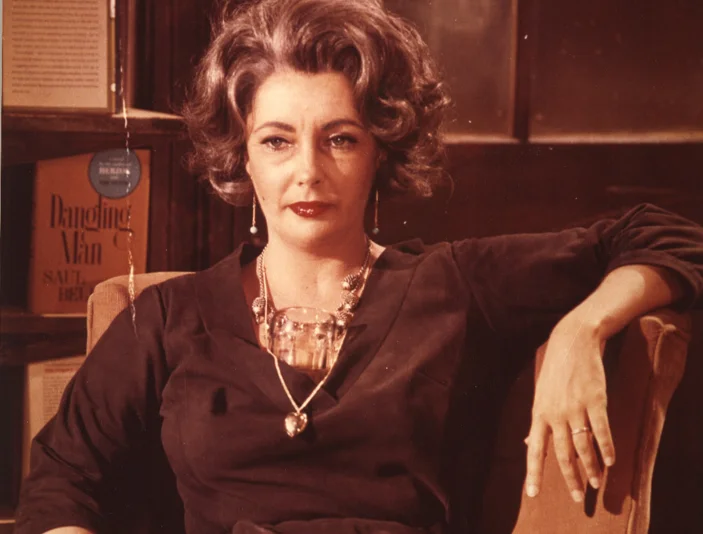
Taylor’s tour-de-force performance as the bitter, booze-soaked Martha opposite Richard Burton’s George stands as perhaps the most transformative role of her career. Deliberately shedding her glamorous image, Taylor gained weight, wore unflattering makeup, and adopted a harsh, grating voice to portray this middle-aged academic’s wife whose marriage has devolved into psychological warfare. Her fearless portrayal of Martha’s vulnerability beneath layers of cruelty and disappointment earned Taylor her second Academy Award and remains a masterclass in screen acting. Town & Country reported on a book that dives even deeper into the ins, outs, and cultural impact of this film.
This role marked a pivotal moment when critics who had dismissed Taylor as merely a beautiful face were forced to acknowledge her extraordinary talent. The film’s verbal battles between Taylor and Burton crackle with intensity drawn partly from their own volatile relationship, creating an uncomfortable intimacy that still feels dangerously real decades later. Each viewing reveals new layers to Taylor’s performance—subtle gestures, fleeting expressions, and carefully calibrated emotional explosions that make Martha one of cinema’s most complex female characters.
2. Maggie in “Cat on a Hot Tin Roof” (1958)
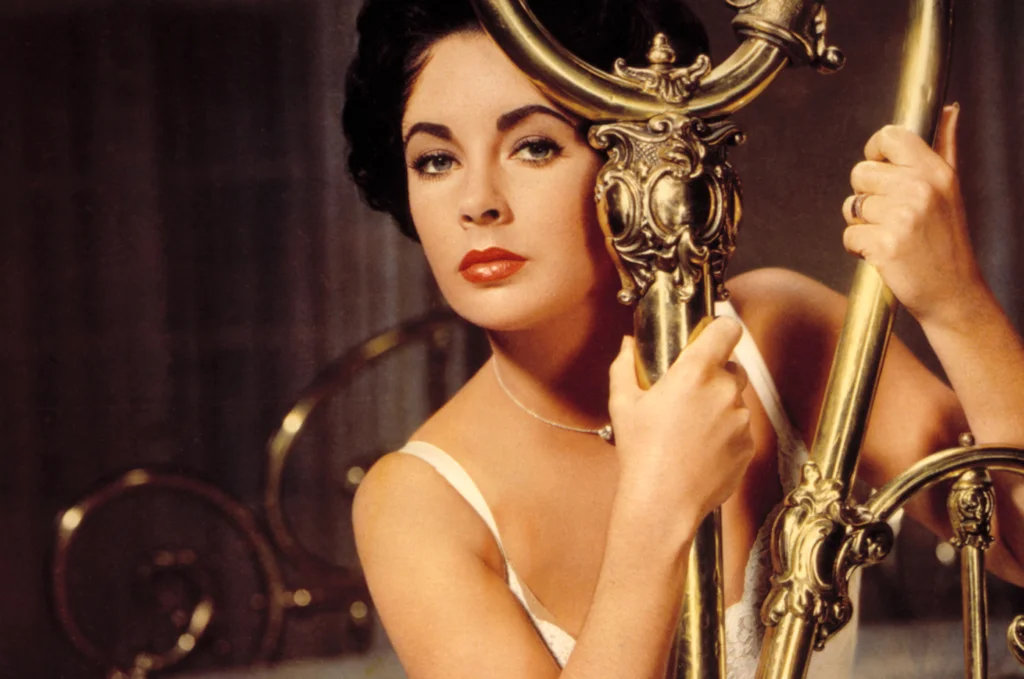
Taylor’s portrayal of the sexually frustrated Maggie “the Cat” opposite Paul Newman delivered one of cinema’s most iconic character introductions as she prowls around in a white slip, practically radiating heat in this Tennessee Williams adaptation. Her performance captures Maggie’s determined sensuality, underlying vulnerability, and steely resolve to save her marriage to an alcoholic husband who refuses to touch her. Taylor brings remarkable dimension to Maggie’s desperation, making her sympathetic rather than simply predatory. What’s more, according to SlashFilm, Taylor pushed through personal heartbreak to ensure the film was made.
The film showcases Taylor’s ability to convey complex emotional states with her physicality—the way she positions herself in a room, how she uses her eyes to reveal Maggie’s calculation and heartbreak. Though the film’s censorship requirements toned down Williams’ more explicit themes, Taylor manages to communicate the play’s sexual tension through subtext and suggestion. Her chemistry with Newman crackles with frustration and unfulfilled desire, creating a portrait of a marriage that’s both specific to its Southern setting and universally relatable.
3. Gloria Wandrous in “BUtterfield 8” (1960)
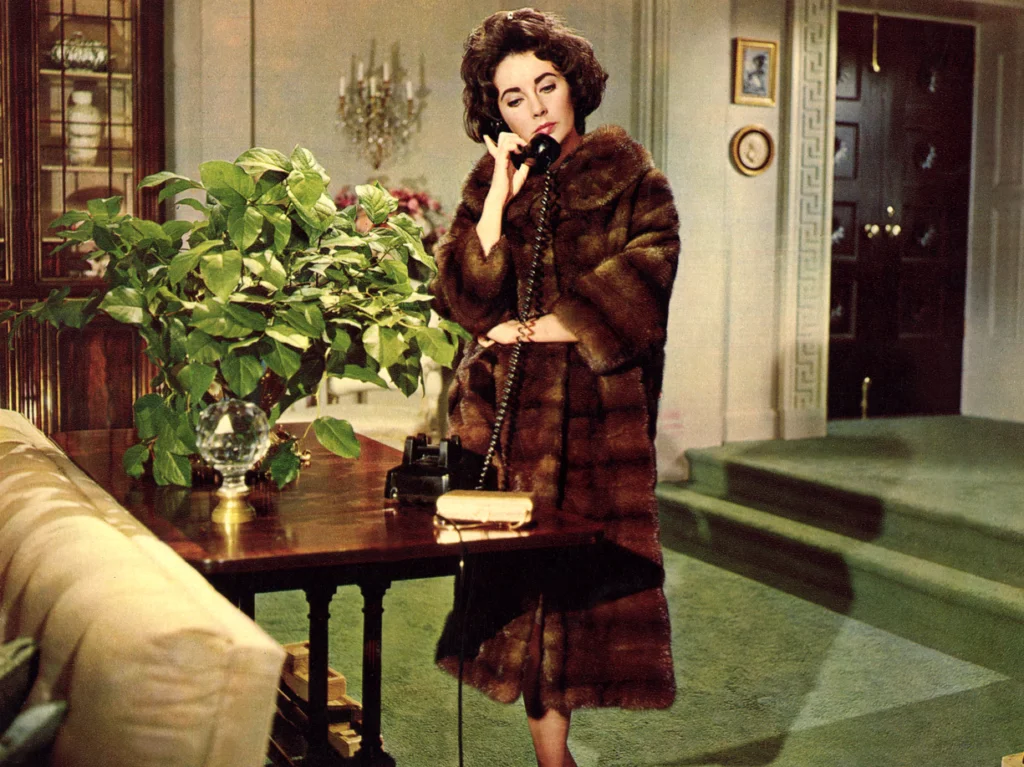
Though Taylor famously disliked this film and claimed she won her first Oscar for it only because of audience sympathy following a near-fatal illness, her performance as high-class call girl Gloria Wandrous remains captivating. Taylor brings unexpected depth to what could have been a one-dimensional character, infusing Gloria with dignity, intelligence, and a self-awareness that transcends the film’s melodramatic elements. Her delivery of the line “I was the slut of all time” manages to be both defiant and heartbreaking. TVGuide also provides an overview of just how star-studded and talent abundant this film was.
Taylor’s ability to wear Gloria’s damage without sacrificing her innate strength creates a fascinating tension throughout the film. She moves through scenes with a deliberate sensuality that feels like both Gloria’s professional armor and authentic expression. The famous opening sequence where Gloria silently assesses her situation after a night with a married man, slips into his wife’s mink coat, and scrawls “No sale” on the mirror in lipstick is a masterpiece of wordless acting that establishes her character’s complexity in minutes.
4. Catherine Holly in “Suddenly, Last Summer” (1959)
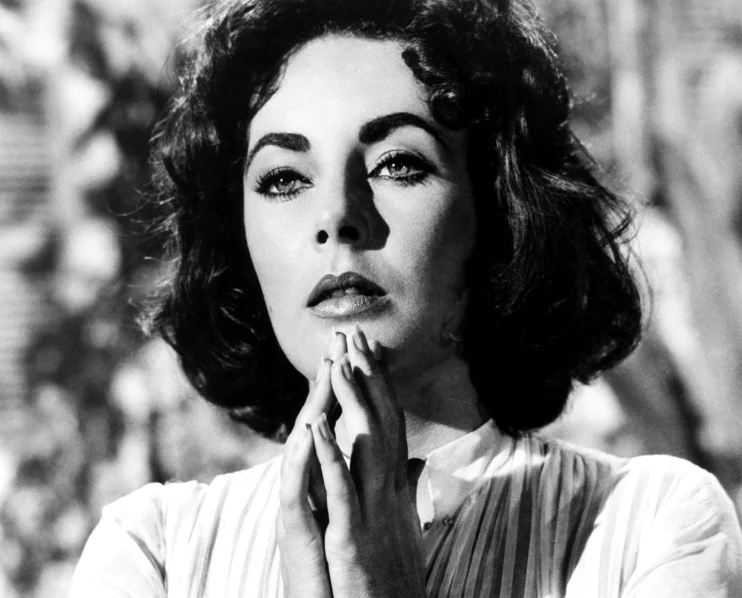
Taylor’s harrowing performance as Catherine Holly, a young woman institutionalized after witnessing her cousin’s horrific death, showcases her ability to portray psychological fragility and terror. The role required Taylor to navigate increasingly disturbing emotional territory, culminating in a lengthy monologue describing a traumatic event that borders on the surreal. Her delivery of this difficult scene balances the character’s fractured mental state with the terrible clarity of her memories.
Working alongside acting titans Katharine Hepburn and Montgomery Clift, Taylor more than holds her own, creating a portrait of a woman fighting to preserve her sanity and truth against powerful forces trying to silence her. The film’s exploration of mental health treatment, repressed sexuality, and family manipulation gave Taylor material worthy of her talents. Her ability to make Catherine’s distress palpable without overplaying the hysteria demonstrates her remarkable control as a performer even in the most emotionally extreme circumstances.
5. Leslie Benedict in “Giant” (1956)
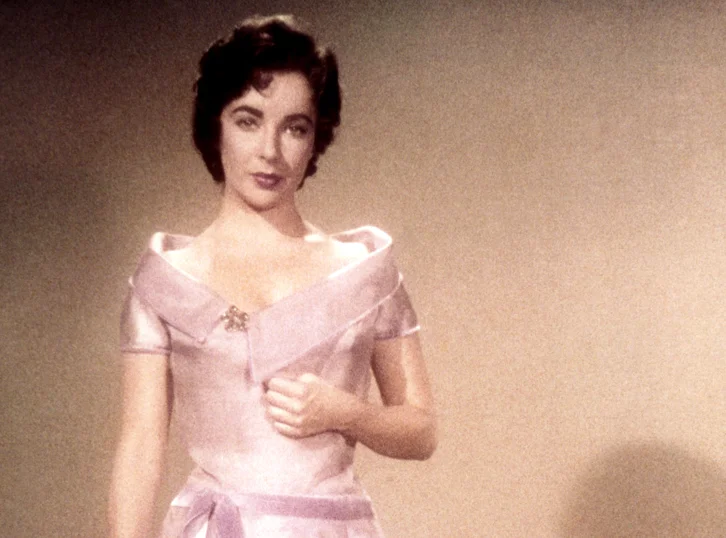
Taylor’s performance as Leslie Benedict, an Eastern socialite who marries into a powerful Texas ranching family, traces a remarkable character evolution across decades. Her portrayal of Leslie’s transformation from fish-out-of-water bride to formidable family matriarch showcases her ability to convey subtle character development over an epic timeline. Taylor brings quiet strength to Leslie’s progressive values regarding race and class, making her moral stance feel authentic rather than anachronistic.
The film allowed Taylor to break away from more overtly sexual roles and demonstrate her ability to portray a woman whose power comes from her principles and perseverance. Her scenes opposite both Rock Hudson and James Dean highlight different facets of Leslie’s character—her tender partnership with Hudson’s Bick contrasting with her clear-eyed assessment of Dean’s Jett Rink. Taylor ages convincingly throughout the film, adapting her physicality and presence to reflect Leslie’s growing confidence and wisdom without losing her essential grace.
6. Velvet Brown in “National Velvet” (1944)
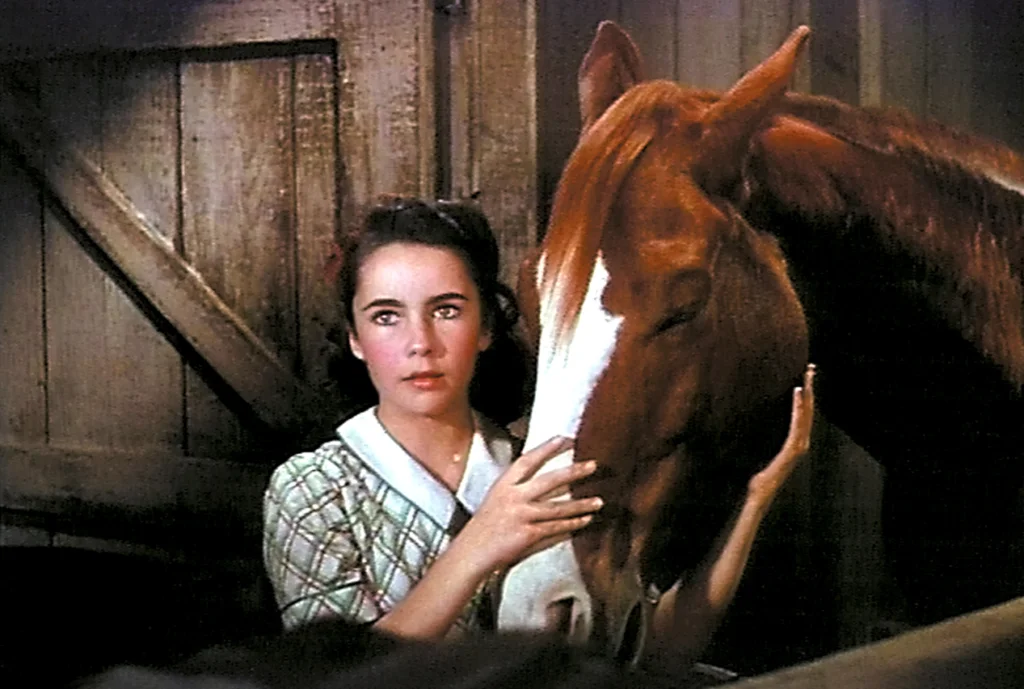
Taylor’s breakthrough role at age 12 as horse-loving Velvet Brown revealed the remarkable poise and emotional authenticity that would characterize her adult performances. Her genuine love for horses (Taylor was an accomplished rider in real life) infuses every scene with credibility, while her ability to convey Velvet’s determination and dreams transcends typical child acting. The sequence where Velvet first sees The Pie and declares him “the most beautiful thing in the world” showcases Taylor’s ability to express wonder without sentimentality.
This performance is particularly remarkable for how it balances youthful exuberance with surprising maturity, especially in Velvet’s relationship with Mickey Rooney’s character. Even at this young age, Taylor displayed her trademark intensity, making Velvet’s passion feel like a genuine calling rather than a child’s passing fancy. The scene where she disguises herself as a male jockey reveals an early glimpse of Taylor’s willingness to transform herself for a role, a quality that would distinguish her greatest adult performances.
7. Laura Reynolds in “The Sandpiper” (1965)
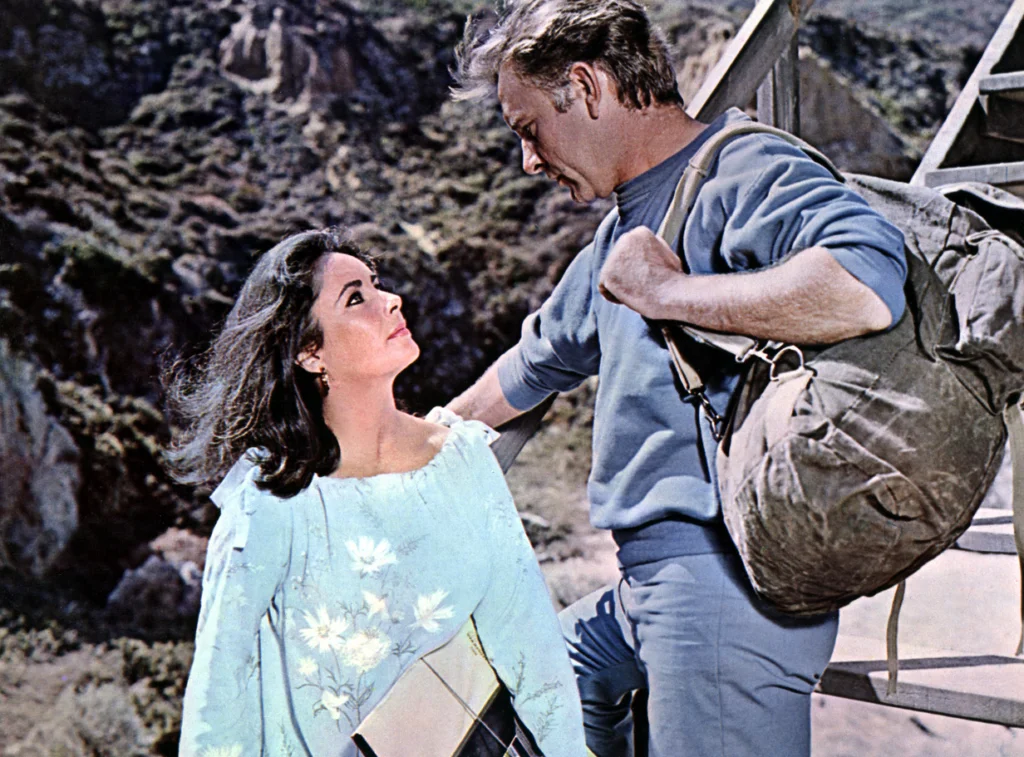
In this visually stunning film set against the Big Sur coastline, Taylor plays free-spirited artist Laura Reynolds, a role that allowed her to explore a character whose unconventional lifestyle and values put her at odds with traditional society. Her performance captures Laura’s fierce independence and principled nature, particularly regarding her determination to raise her son outside conventional educational systems. Taylor brings vulnerability to Laura’s growing attraction to Richard Burton’s married minister character, making their forbidden connection feel inevitable rather than merely scandalous.
The film’s themes of personal freedom versus social responsibility gave Taylor material to create a character whose sensuality is an extension of her authenticity rather than simply a plot device. Her scenes painting on the beach or discussing art reveal Laura’s creative spirit, while her protective interactions with her son showcase maternal devotion that anchors her bohemian lifestyle in deep values. Though the film received mixed reviews, Taylor’s luminous presence against the natural beauty of the California coast creates an indelible portrait of a woman determined to live by her own rules.
8. Angela Vickers in “A Place in the Sun” (1951)
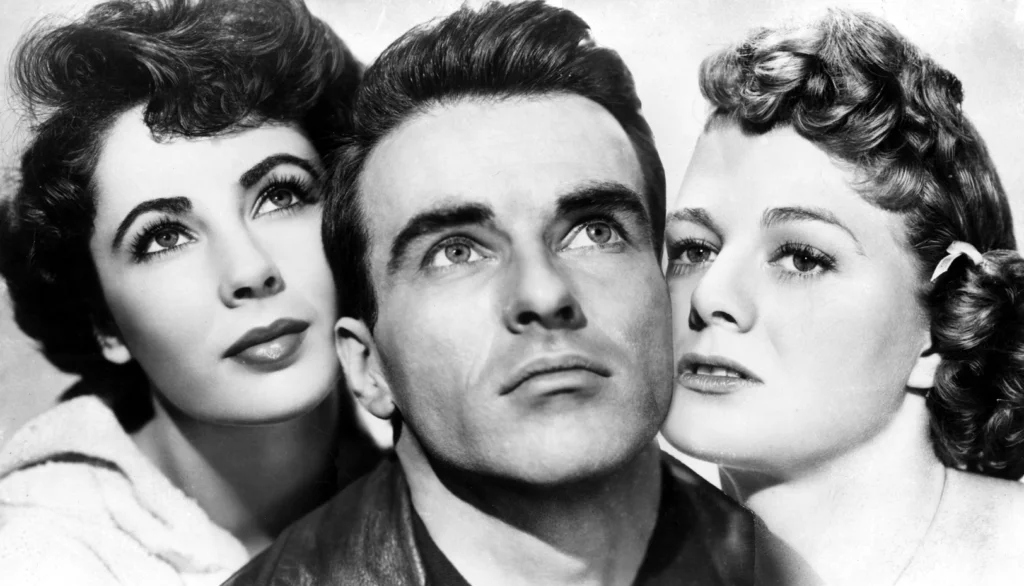
Taylor’s performance as the beautiful, wealthy Angela opposite Montgomery Clift’s striving George Eastman crystallized her transition from child star to adult actress. Her portrayal captures Angela’s genuine warmth and passion beneath her privileged exterior, making her attraction to Clift’s character feel like more than a rebellious phase. The famous close-ups of Taylor’s face as she dances with Clift, radiating love and desire, create some of cinema’s most memorable images of romantic awakening.
Director George Stevens used Taylor’s extraordinary beauty purposefully, allowing her luminous presence to represent everything George aspires to in American society. What makes the performance remarkable is how Taylor balances Angela’s innocence with emerging maturity, creating a character who is simultaneously sophisticated and vulnerable. The scenes where Angela discovers George’s secrets reveal layers of confusion, hurt, and disillusionment beneath her polished surface, demonstrating Taylor’s ability to navigate complex emotional transitions even early in her career.
9. Susanna Drake in “Reflections in a Golden Eye” (1967)

Taylor’s fearless portrayal of unhappy military wife Susanna Drake showcases her willingness to play deeply flawed, even unlikable characters. Her Susanna is caustic, sexually manipulative, and emotionally damaged, yet Taylor infuses her with enough humanity that audiences understand her cruelty stems from profound unhappiness. Her scenes with Marlon Brando’s repressed Major Penderton crackle with hostile energy, creating a marriage that feels both specific to the film’s Southern military setting and universally recognizable in its mutual disappointment.
The film’s exploration of repressed sexuality, mental illness, and isolation allowed Taylor to create one of her most psychologically complex characters. Her physical performance—the way Susanna moves through spaces she despises, her deliberate provocations, her brittle laughter—reveals volumes about the character’s inner life without explicit exposition. Taylor’s willingness to make herself emotionally unattractive in this role demonstrates her commitment to truth over vanity, a quality that distinguished her most memorable performances.
10. Helen Ellswirth in “The Last Time I Saw Paris” (1954)
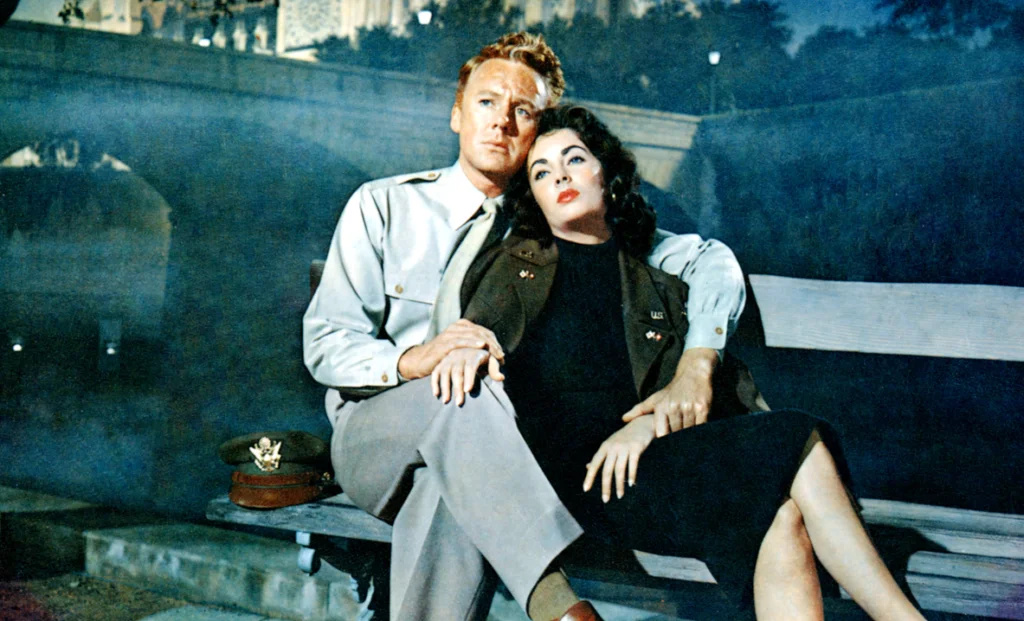
Taylor brings luminous warmth and eventual heartbreaking fragility to Helen, an American expatriate living in post-WWII Paris whose passionate marriage to Van Johnson’s character disintegrates amid success and alcohol. Her performance captures both Helen’s intoxicating joie de vivre in the film’s earlier scenes and her disillusionment as the relationship deteriorates. Taylor excels at showing how Helen’s spirited nature becomes gradually diminished by disappointment and betrayal.
The film’s structure, revealing Helen has died at the beginning and telling their story through flashback, allows Taylor to imbue even her character’s happiest moments with subtle poignancy. Her scenes with her screen daughter show a maternal tenderness that adds dimension to Helen’s character beyond her romantic relationship. Though loosely based on F. Scott Fitzgerald’s “Babylon Revisited,” the film succeeds largely through Taylor’s ability to make Helen feel authentic rather than merely symbolic of post-war American optimism and its subsequent disillusionment.
11. Cleopatra in “Cleopatra” (1963)
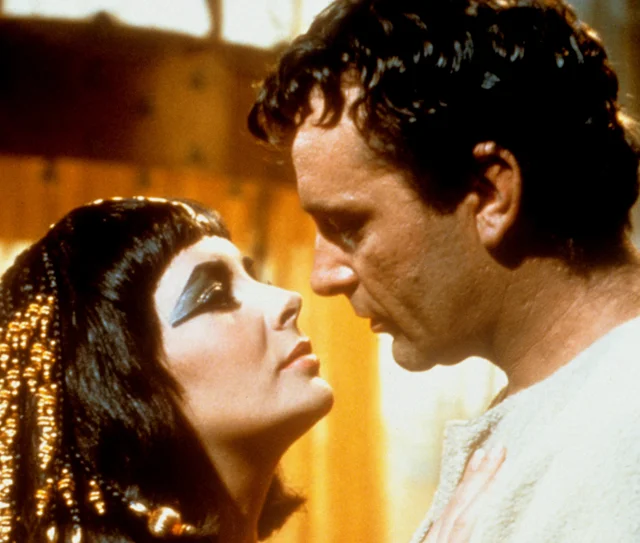
Taylor’s portrayal of the Egyptian queen in this epic production became inseparable from her own public persona, blurring the lines between the legendary ruler’s romantic entanglements and Taylor’s off-screen affair with Richard Burton. Beyond the production’s notorious budget problems and tabloid scandals, Taylor delivers a performance that captures Cleopatra’s strategic intelligence, political ambition, and passionate nature. Her famous entrance into Rome showcases both the film’s spectacular production values and Taylor’s regal bearing.
What distinguishes Taylor’s Cleopatra from previous Hollywood versions is her emphasis on the queen’s political acumen rather than just her seductive powers. Her dialogue scenes with Rex Harrison’s Caesar and Burton’s Antony reveal a leader negotiating from positions of both strength and vulnerability. Taylor moves convincingly from intimate moments of genuine connection to grand public spectacles requiring Cleopatra’s theatrical awareness of political optics. Despite the film’s historical inaccuracies and stylistic excesses, Taylor’s performance maintains an emotional truth that transcends the production’s challenges.
12. Kate in “The Taming of the Shrew (1967)”
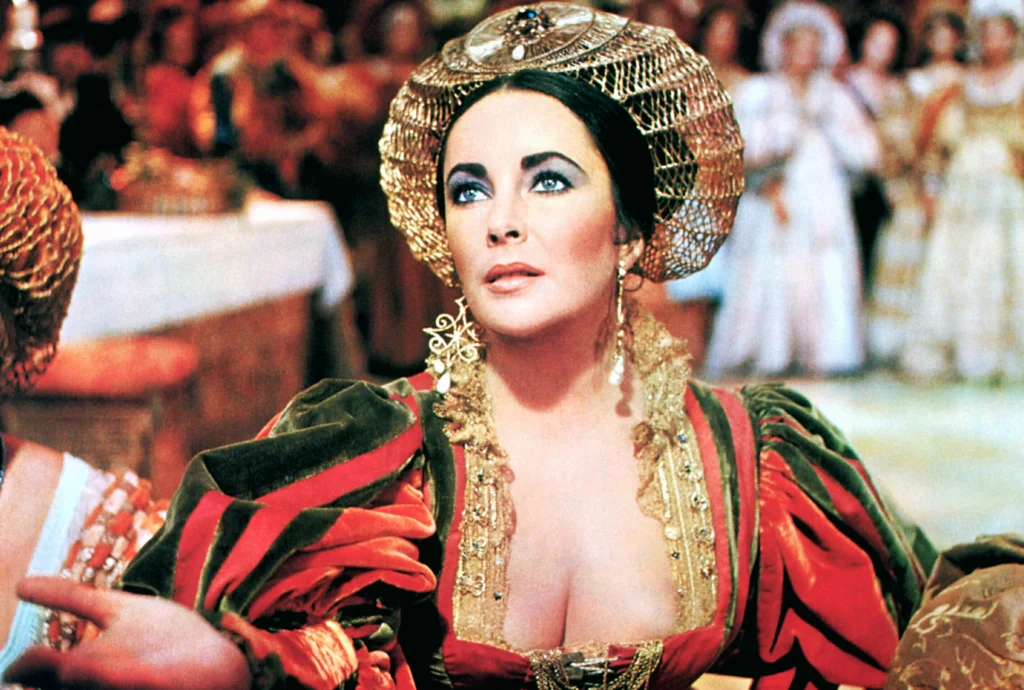
In The Taming of the Shrew, Elizabeth Taylor wasn’t just playing a headstrong woman—she was practically daring the camera to blink first. As Katharina, she brought her signature magnetism and rebellious fire, making Shakespeare feel less like homework and more like a battle of wits worth watching. Every glare, smirk, and saucy comeback sparkled with the energy of a woman who could command a room without ever raising her voice.
Filmed while married to Richard Burton, their real-life tension added delicious fuel to the on-screen fireworks. Taylor held her own in every scene, matching Burton’s bravado with a mix of elegance and sharp-tongued fury that felt both timeless and modern. It wasn’t just acting—it was a full-force personality bursting through iambic pentameter, and it made the Bard come alive in technicolor.
From her earliest performances to her later character work, Elizabeth Taylor’s screen presence continues to captivate viewers decades after these films were made. What distinguishes her best work is not just her legendary beauty but her willingness to reveal the complex, sometimes contradictory emotions that make her characters feel authentically human. Whether playing against her glamorous image or leaning into her natural regality, Taylor brought uncommon intelligence and emotional honesty to each role. Her performances remind us that great screen acting is not about perfect technique but about the courage to be vulnerable and present in each moment—a quality Taylor possessed in abundance throughout her remarkable career.


